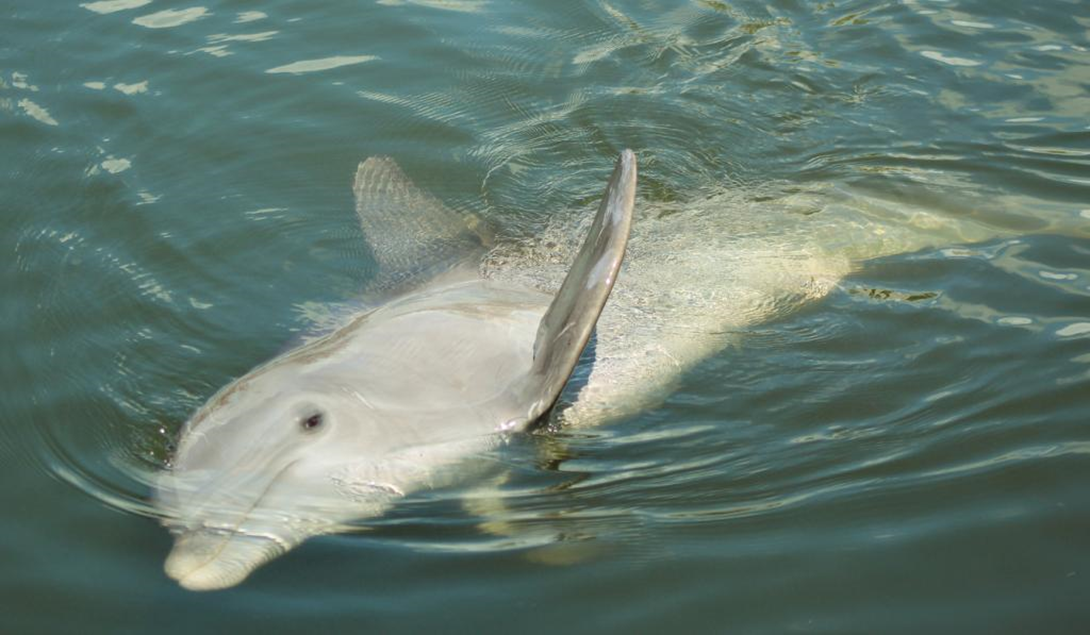- Courses
- GS Full Course 1 Year
- GS Full Course 2 Year
- GS Full Course 3 Year
- GS Full Course Till Selection
- Online Program
- GS Recorded Course
- NCERT (Recorded 500+ Hours)
- Polity Recorded Course
- Geography Recorded Course
- Economy Recorded Course
- AMAC Recorded Course
- Modern India, Post Independence & World History
- Environment Recoded Course
- Governance Recoded Course
- Science & Tech. Recoded Course
- International Relations and Internal Security Recorded Course
- Disaster Management Module Course
- Ethics Recoded Course
- Essay Recoded Course
- Current Affairs Recoded Course
- CSAT
- 5 LAYERED ARJUNA Mentorship
- Public Administration Optional
- ABOUT US
- OUR TOPPERS
- TEST SERIES
- FREE STUDY MATERIAL
- VIDEOS
- CONTACT US
INDIA’S 1ST DOLPHIN RESEARCH CENTRE INAUGURATED IN PATNA
INDIA’S 1ST DOLPHIN RESEARCH CENTRE INAUGURATED IN PATNA

India celebrates the inauguration of its first National Dolphin Research Centre (NDRC) in Patna, Bihar, on March 4, 2024. The centre aims to spearhead research efforts in conserving the endangered Gangetic River dolphin, a species native to India, Bangladesh, and Nepal.
- The river dolphin, often known as the Ganges tiger, is an indicator of the health of the entire river ecosystem and its position in the river ecosystem is similar to that of the tiger in the wild.
Key Facts about Gangetic Dolphin
|
Discovery |
Platanista gangetica, also known as the “Tiger of the Ganges,” was officially discovered in 1801. |
|
Habitat |
Historically distributed in major river systems of India, Nepal, and Bangladesh, including the Ganges-Brahmaputra-Meghna and Karnaphuli-Sangu. |
|
Features |
|
|
Importance |
|
|
Major Threats |
|
|
Protection Status |
|
|
Government Initiatives |
|
Key Highlights:
- Objective: The NDRC seeks to facilitate comprehensive research on various aspects of Gangetic dolphins, including behaviour, survival skills, food habits, and causes of death, with the goal of establishing itself as a centre of excellence in dolphin conservation.
- Operational Status: Bihar's Chief Wildlife Warden, confirms that the NDRC is now operational and will provide valuable assistance to scientists and researchers studying Gangetic dolphins.
- Location and Facilities: Spread over a 4,400 square meter plot near the river Ganga on the campus of Patna University, the NDRC provides a strategic location for researchers to closely observe dolphins in their natural habitat. It will also provide training on dolphin conservation to fishermen during fishing activities.
- Project Timeline: The initiative, proposed a decade ago by dolphin expert RK Sinha, faced several delays but finally gained momentum in 2020 with Chief Minister Nitish Kumar laying the foundation stone.
- Significance: A senior scientist at the Zoological Survey of India, praises the establishment of NDRC, emphasizing its potential to strengthen ongoing dolphin conservation efforts.
- Conservation Status: The Gangetic River dolphin, declared India’s national aquatic animal, faces threats due to habitat loss and degradation.
India's commitment to conserving its rich biodiversity is exemplified through initiatives such as the NDRC, which underlines the importance of conservation and protection of endangered species such as the Ganges River dolphin.
Must Check: Best IAS Coaching In Delhi



